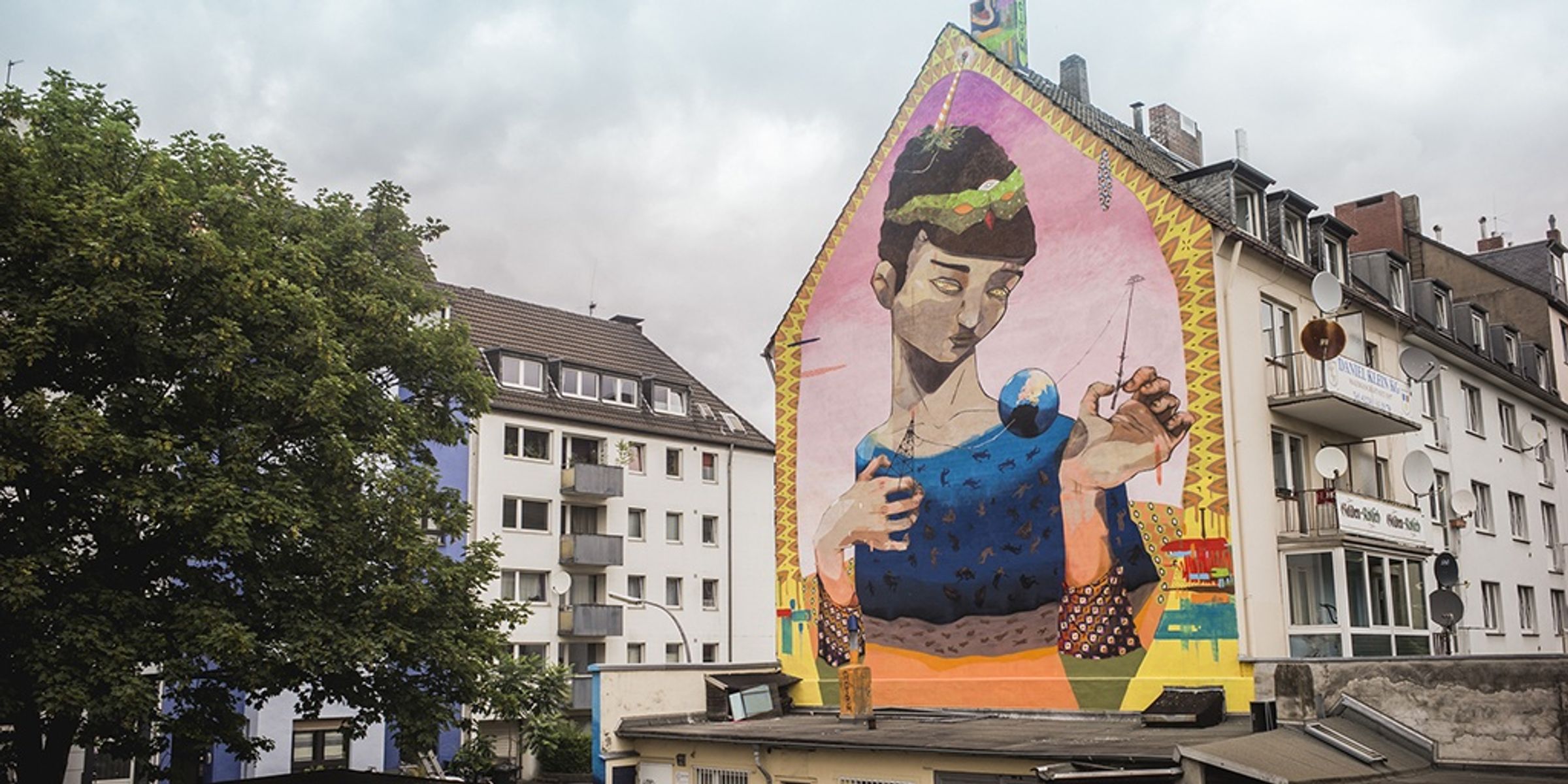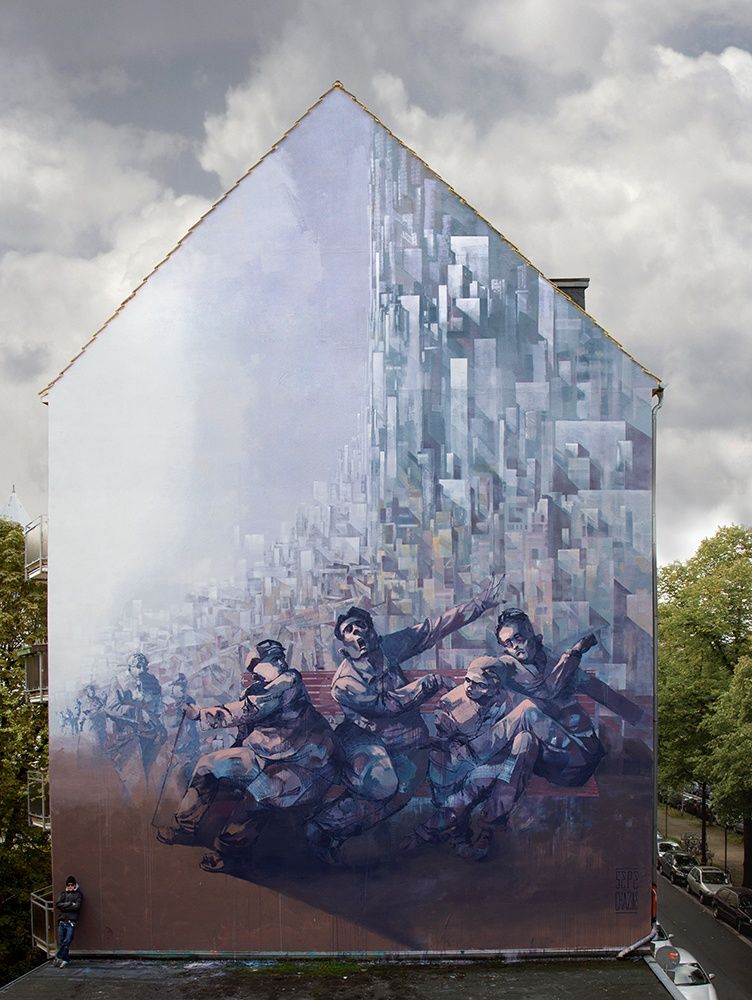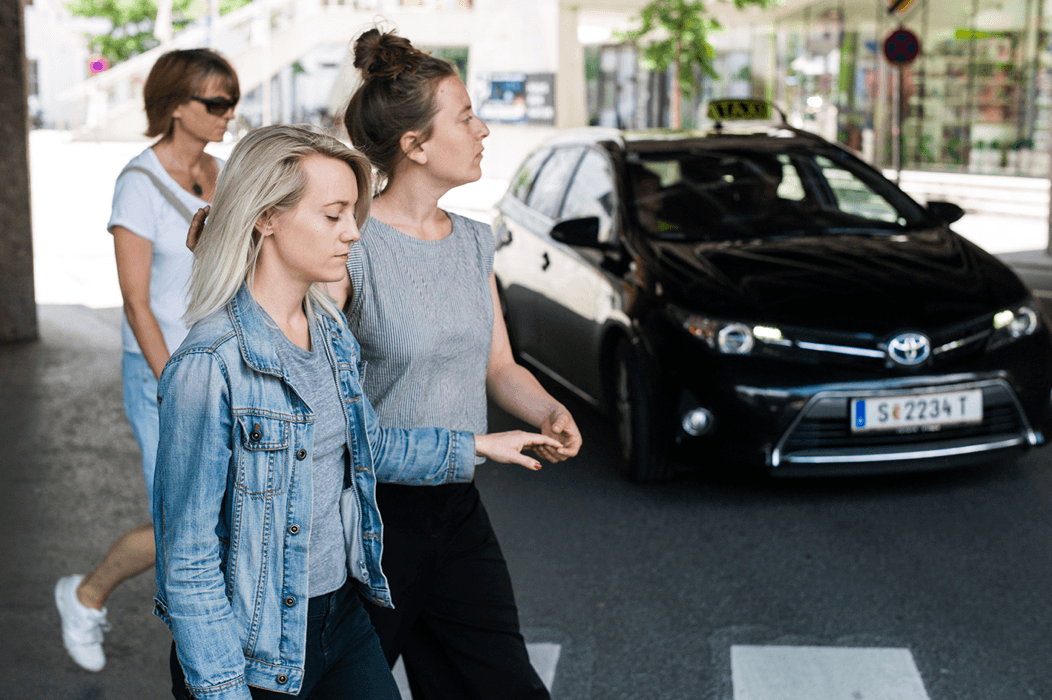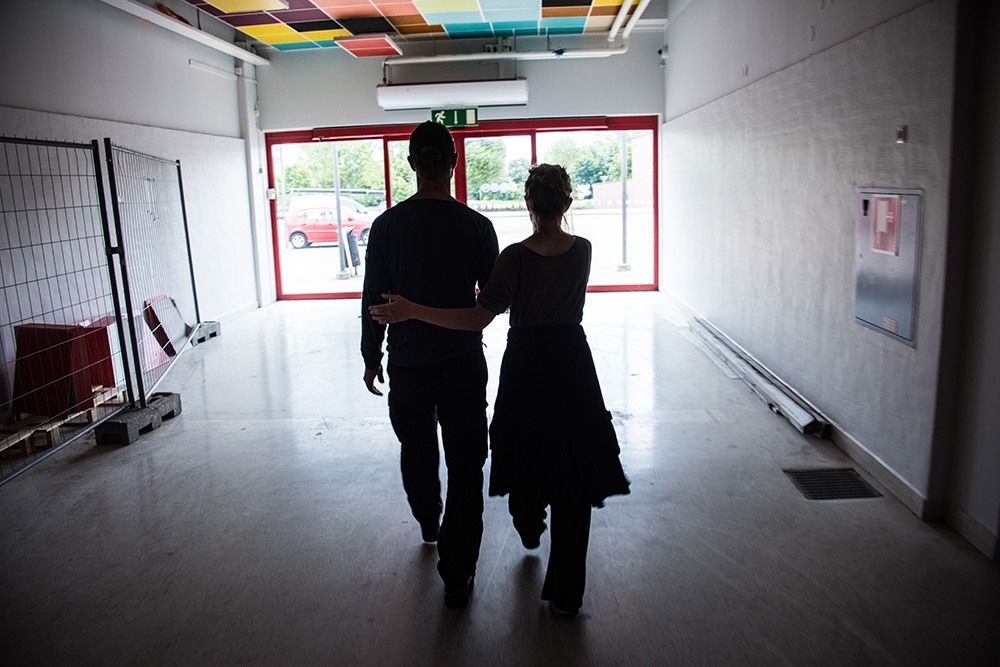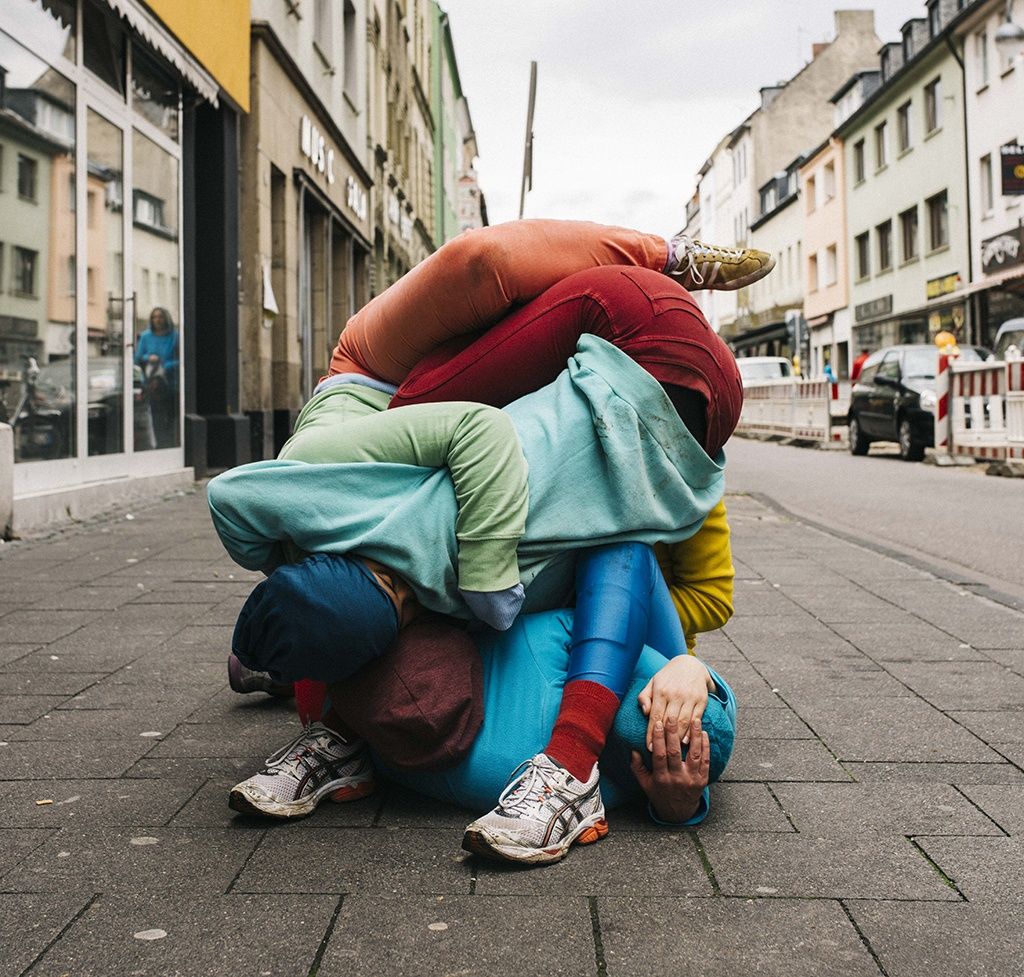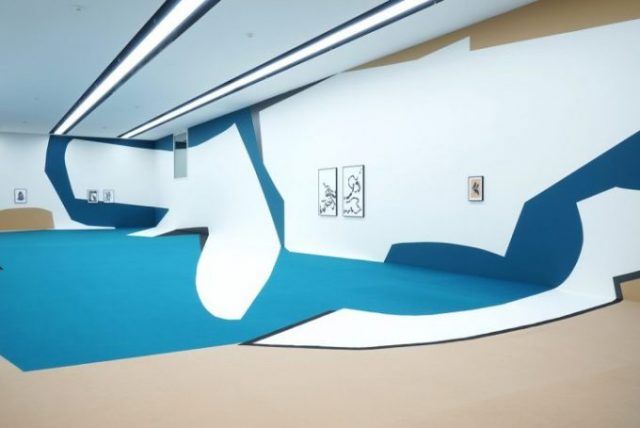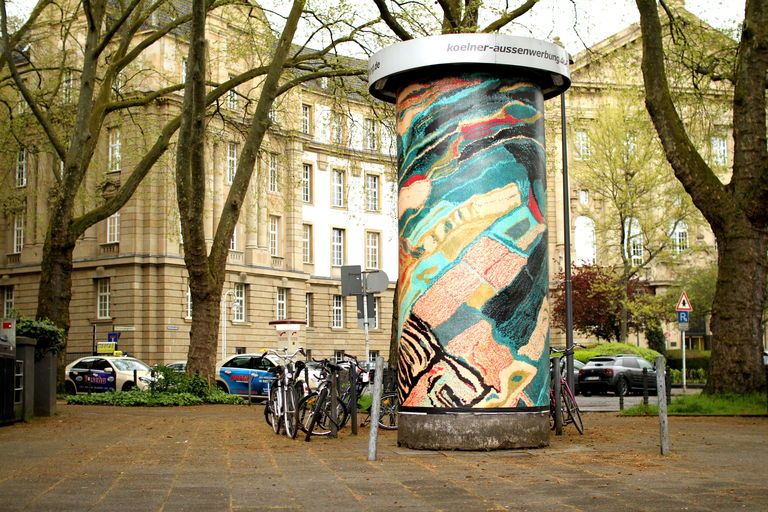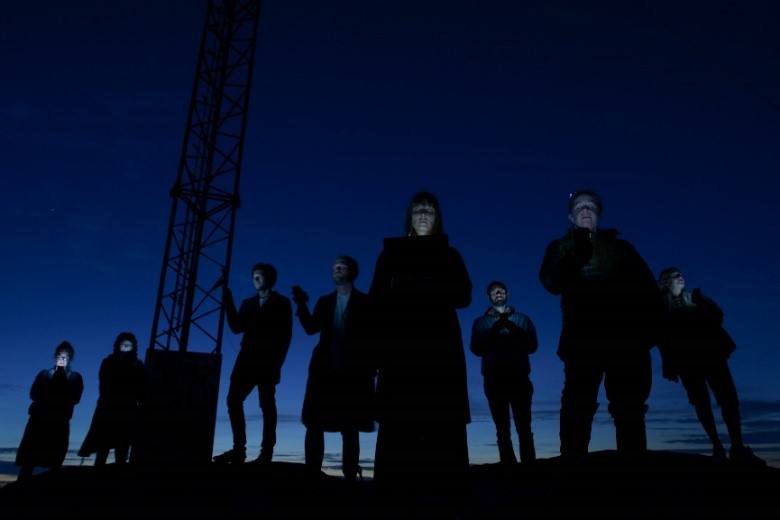
Stavangers byrom – mer enn skulpturer og gatekunst?
Kunsten i Stavangers byrom består i dag i høy grad av skulpturer og gatekunst. I den følgende teksten setter kunsthistoriker Astrid Helen Windingstad denne kunsten i et historisk perspektiv og spør videre hvordan vi kan tenke inn andre kunstformer i det offentlige uterom. Samtidskunst, mangfold og kvalitet er noen av temaene som blir diskutert i den forbindelse.
- NO
- 24 April 2017
- Essay
